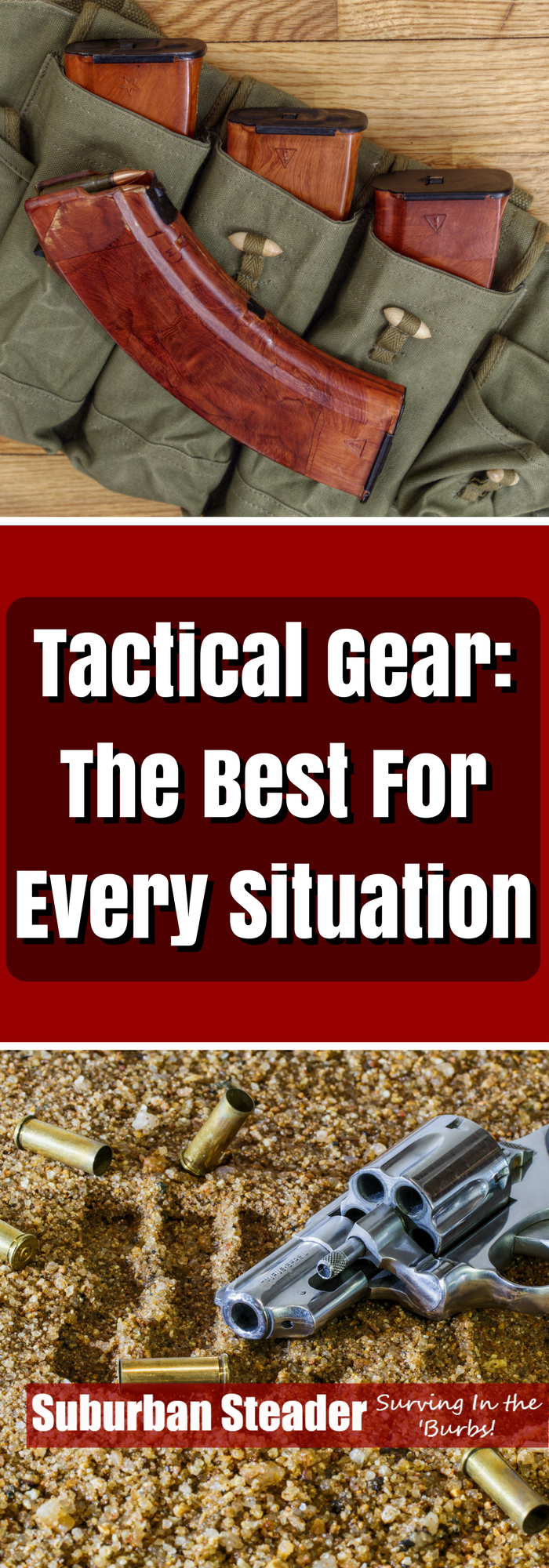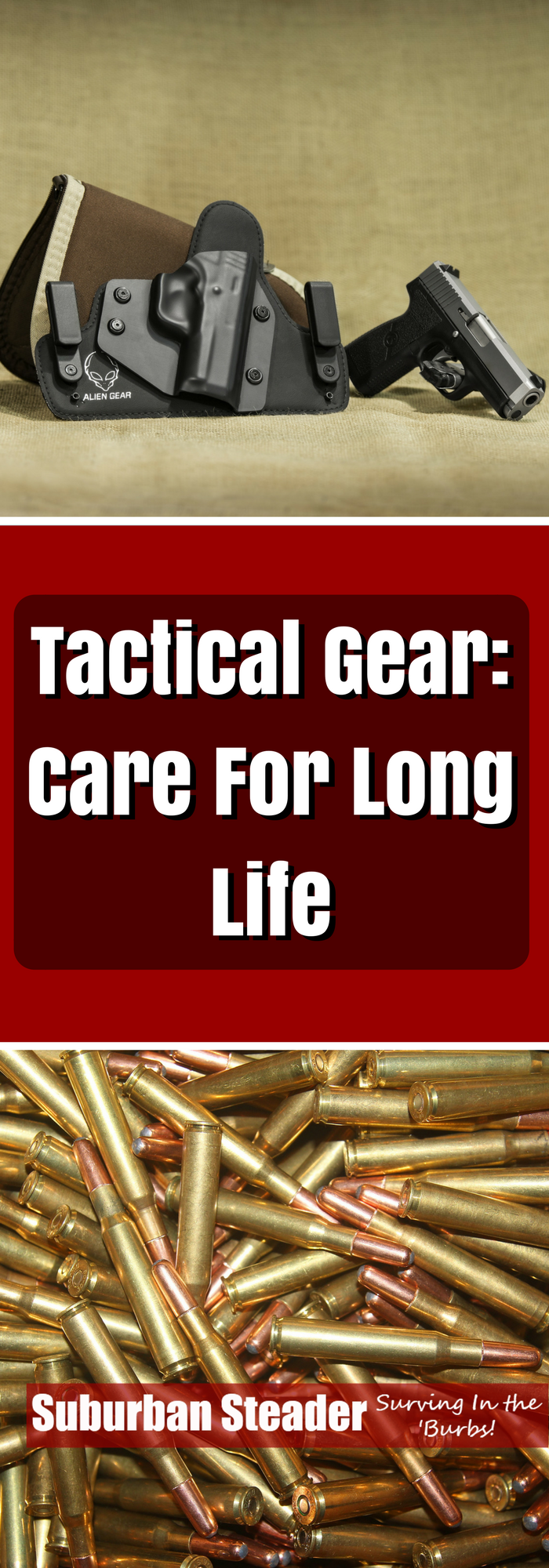Tactical Gear: The Best For Every Situation
The term tactical means “concerning to or constituting tactics.” Tactical is more a mindset than an accessory. This is also known as a tactical mindset. When you think this way, you’ll realize that your tactical gear should be centered on your tactics to save your life.
Before you plan to buy tactical gear, you need to reconsider whether it fits your situation and whether it is something you need to win over the situation.
Most people are focused more on finding what they think is the right equipment such as guns and gear. That’s why they lack in other departments. Weapons and ammunition are unquestionably very important. That being said, weapons are not the only things you need.
Tactical lifestyle is about obtaining the right balance in every situation. You win battles with guns and grunts. You win wars with logistics. Winning of a war for food, water, and safety requires you plan to the right budget.
This article is not focused on budget planning for food. It’s about saving your budget for all other equipment required to survive in all situations. Your main motivation is to survive and not just to win the fight. You have to plan your tactics accordingly.
Tactical Gear For Your Defense
As mentioned above, your main goal is to survive and not to win. Therefore, you should carry all the necessary equipment (including weapons) to survive in the situation. Some examples of “Must Carry Equipment” are:
- Extra ammo for reloading your weapon
- Magazine Pouches For Modern Rifles
- Medical Kit
- Knife
- Compass
In addition to the above items, you should consider your situation and decide if you need to add the following tactical gear:
Plate Carriers
Plate carriers are an alternative to the heavy, burdensome flak jackets. The small size and weight make it easy for the soldiers to operate it. Plate carriers are the best tactical gear for both police and military because of the mobility and protection they offer.
Plate carriers quickly become uncomfortable and you will soon be sweating your butt off. Plates are not the best idea for home defense as they are heavy, fragile, and expensive as well.
Load Bearing Vests
Load Bearing Vests, or LBVs, are similar to plate carriers. While similar, LBVs are indeed a better option than plate carriers if you don’t want some form of body armor. An LBV is a nylon vest with a Molle or PALs system to hold gear but it doesn’t have a spot for plates. They do provide a similar mounting system for ammo and gear that plate carriers do. At the same time, they are more comfortable and less expensive than plate carriers.
Belts
Tactical belts, which have a MOLLE (Modular Lightweight Load-carrying Equipment) or PAL (Pouch Attachment Ladder) System, are popular among infantrymen for carrying equipment.
The reasons the belts are widely used is due to the ease of access and the capability to carry a fair amount of payload. It becomes easy to climb in and out of vehicles or move out of buildings and tight locations. They are perfect for carrying an IFAK (Individual First Aid Kit) because it becomes easy to access it by simply taking off the belt.
These belts can be stashed in a backpack and easily used whenever you need them.
Leg Rigs
Leg rigs are a more luxurious option as they are not required and don’t provide any utility that belts and LBVs or plate carriers do. With that in mind, it is easier to draw a handgun from a leg rig. Another option can be to use a waist holster which is available at half the price of leg rig and it is bit difficult to pull a magazine for a reload from the leg rig.
Conclusion
As you can see, there is a lot of tactical gear above and beyond weapons and ammunition that you should consider. Also remember that, while tactical gear is quite important, an even approach to prepping is required to meet the demands of a SHTF scenario.

